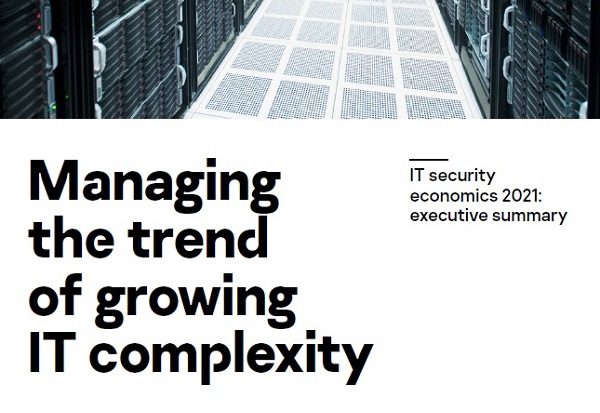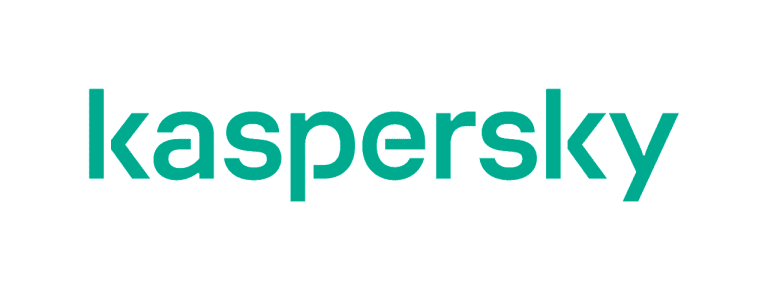In last year’s IT Security Economics report, we described 2020 as a year of great change. That change has continued, or perhaps even increased this year, with working patterns and the way businesses operate shifting forever.
In 2021, businesses have embraced the hybrid working model, with staff sometimes in the office, or sometimes at home. That has required companies to secure networks across new staff laptops or tablets, set up Virtual Private Networks (VPNs), transition to cloud servers and quickly approve new collaboration software.
That rapid, widespread adoption of working-from-home tools has put considerable strain on security teams, who must safeguard business networks without making it harder for employees to work.
Our research highlights a growing cybersecurity trend for 2021: IT teams, in businesses both large and small, are facing increasingly complex IT infrastructure and operating environments. Today they are required to not only protect their organizations from cyberthreats, as they have always done, but do it across a more remote, hybrid and challenging IT infrastructure.
In the current crisis management-led environment, IT security specialists are also focused on optimizing security budgets. This year, effective use of resources became one of the most important topics on their agenda for a long time.
Despite these challenges, our data reveals that businesses have actually coped well throughout the last year and are improving their data breach resilience. In fact, small and medium-sized businesses (SMBs) report only a slight increase in the cost of data attacks, while the costs for enterprises is decreasing.
This report highlights the economics of IT security, laying out the key findings of this year’s research and unpicking the changes in the budgets, breaches and business challenges affecting IT security decision makers in 2021.


